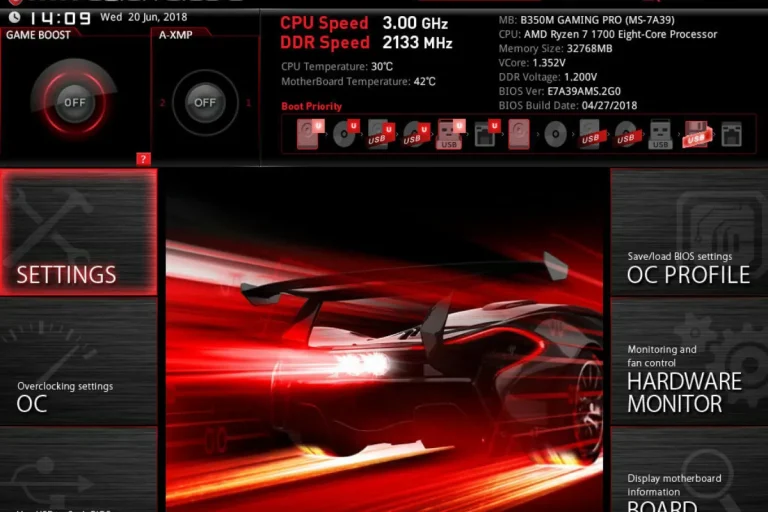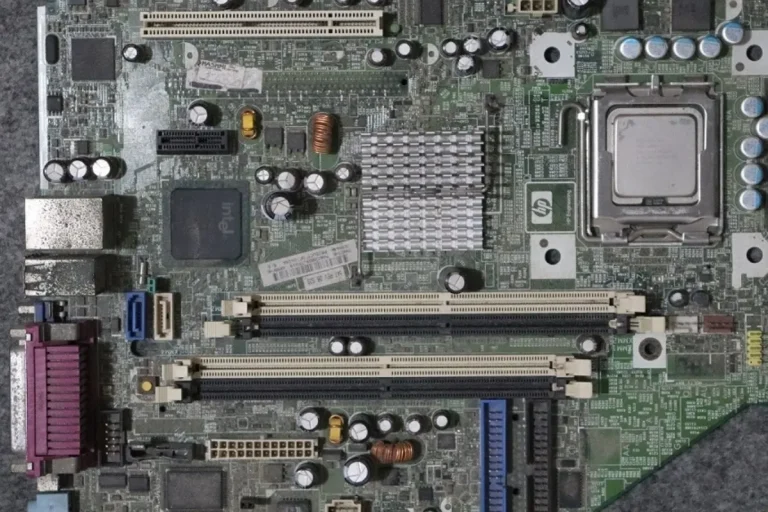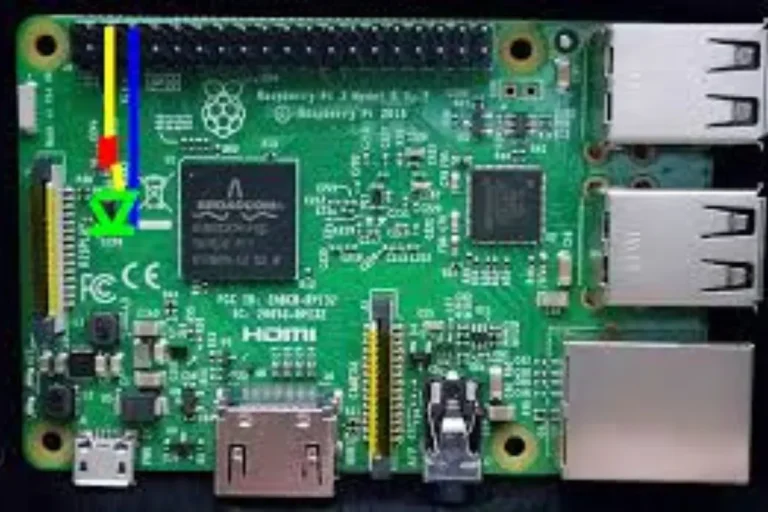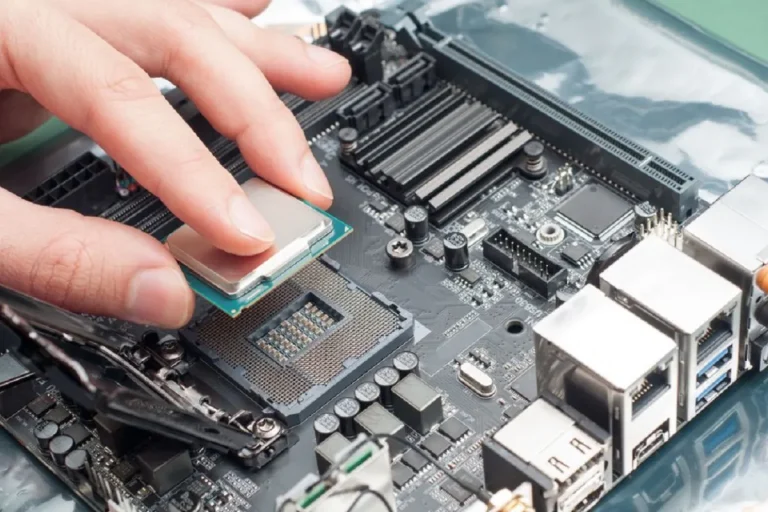Can a computer do POST without a CPU?
Have you ever wondered if a computer can perform its Power-On Self-Test (POST) without a CPU? In this blog post, we will explore this fascinating question, shedding light on the role of the CPU, alternative methods, limitations, and potential future possibilities. Join us on this journey as we unravel the secrets behind POST and its connection to the CPU.
The Role of the CPU in POST
When it comes to the Power-On Self-Test (POST) process, the CPU plays a crucial role in ensuring that your computer boots up smoothly. Let’s dive into the significance of the CPU and why it is responsible for executing the test routines.
The CPU, or Central Processing Unit, is like the brain of your computer. It is responsible for carrying out various calculations, executing instructions, and coordinating the activities of other hardware components.
During the POST process, the CPU takes charge and performs a series of tests to ensure that everything is functioning as it should. The CPU’s involvement in checking system components is vital.
It meticulously examines the memory modules, graphics card, hard drive, and other hardware components to ensure they are properly connected and operational. Moreover, the CPU acts as the messenger who reports any errors or failures it encounters during the POST process.
If a component fails the test, the CPU generates error codes or displays error messages, alerting you to the specific issue. This information is valuable for diagnosing and troubleshooting potential hardware problems.
It ensures that your computer starts up smoothly by executing the necessary test routines, checking system components, and providing valuable feedback in case of errors or failures. Without the CPU’s involvement, the POST process would be incomplete, compromising the overall functionality and stability of your computer system.
Alternative Methods for POST
When it comes to the Power-On Self-Test (POST) process, there are alternative methods that can be explored. Let’s dive into these methods and understand how they can replace or supplement the role of the CPU.
One intriguing concept is the idea of “Barebone” POST. In this approach, minimal hardware is utilized to perform basic system checks during the startup process.
Instead of relying on a fully functional CPU, this method focuses on essential components to ensure that critical system functionalities are operational. While it may lack the comprehensive diagnostic capabilities of a complete POST, it allows for a faster boot time by skipping some non-essential checks
Additionally, there is a possibility of using alternative components or technologies to replace the CPU for POST. For instance, some specialized hardware devices or microcontrollers can be designed to handle the POST process independently.
These alternative components can execute the necessary test routines and report any errors or failures, similar to the CPU’s role. Exploring these alternative methods for POST opens up new possibilities and challenges the conventional reliance on the CPU.
However, it’s important to note that these approaches may come with limitations. They may not offer the same level of diagnostic capabilities or comprehensive system checks as a traditional CPU-based POST.
Limitations and Challenges
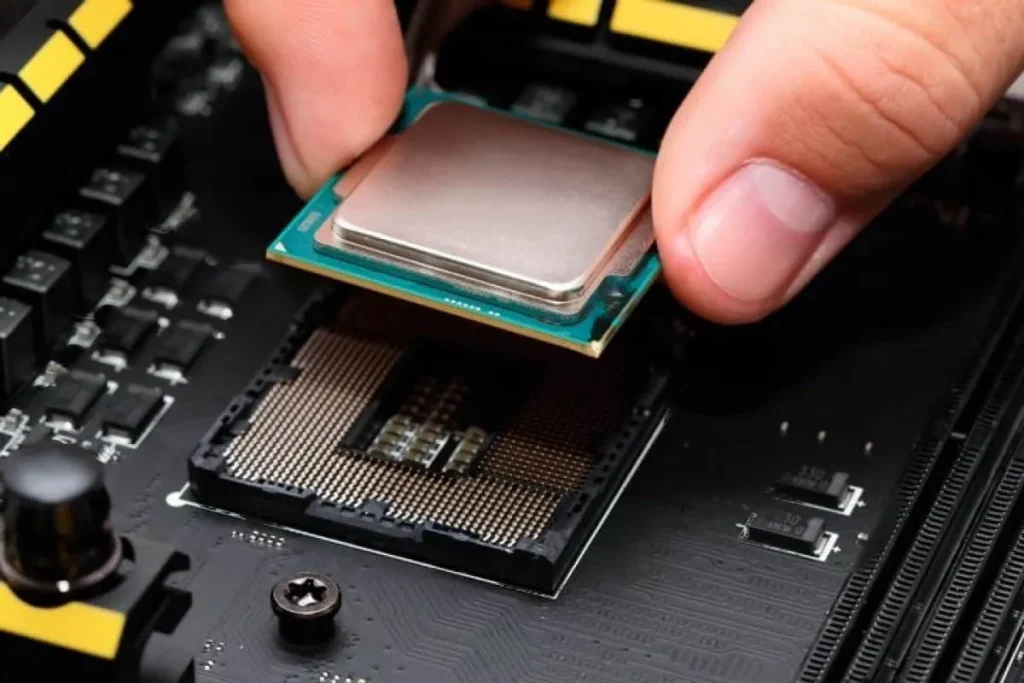
Performing the Power-On Self-Test (POST) without a CPU comes with its fair share of limitations and challenges. Let’s explore these factors and understand the potential impact on system functionality, stability, reliability, and performance.
One of the primary limitations is the reduced functionality and diagnostic capabilities. The CPU, with its intricate architecture and processing power, plays a critical role in executing comprehensive test routines and examining system components thoroughly.
Without a CPU, the ability to perform in-depth checks and identify specific hardware issues may be compromised. This can make it challenging to pinpoint and resolve problems effectively.
Furthermore, the absence of a CPU for POST can have a significant impact on system stability and reliability.
The CPU acts as the central coordinator, ensuring that all hardware components work harmoniously. Without its oversight, the system may struggle to maintain stability and encounter compatibility issues between different components. This could lead to frequent crashes, system freezes, or even complete system failures.
Moreover, the performance of the system may also be affected without a CPU for POST. The CPU’s processing power and ability to handle complex calculations and instructions are vital for optimal system performance.
Alternative methods or components may not possess the same level of computational capability, potentially resulting in slower boot times and decreased overall performance. It is crucial to acknowledge these limitations and challenges when considering alternative methods for performing POST without a CPU.
While exploring new approaches is necessary for technological advancements, it is vital to ensure that system functionality, stability, reliability, and performance are not compromised in the process. Striking the right balance between innovation and practicality is essential to create a robust and efficient computing environment.
Frequently asked questions
1. Can computers perform POST without a CPU?
While it is an emerging concept, alternative methods and components are being explored to replace or supplement the role of the CPU in POST. Ongoing research and advancements in hardware technologies are paving the way for such possibilities.
2. What are some potential emerging technologies that could enable CPU-less POST?
Technologies like Field-Programmable Gate Arrays (FPGAs), Application-Specific Integrated Circuits (ASICs), or specialized microcontrollers are being considered as alternatives to the CPU for POST.
3. How would POST without a CPU impact system performance?
The impact on system performance would depend on the alternative method or component used. While some approaches may result in faster boot times, others may lack the computational power of a CPU, potentially affecting overall performance.
4. Are there any ongoing research or developments in this area?
Yes, ongoing research is being conducted to explore alternative methods for performing POST without a CPU. Academic institutions, technology companies, and hardware manufacturers are investing in this field to push the boundaries of traditional POST and drive innovation.
5. What are the potential benefits of CPU-less POST?
CPU-less POST could lead to faster boot times, reduced hardware costs, and increased energy efficiency. It may also enable more streamlined and compact computing systems, opening up possibilities for new applications and form factors.
Conclusion
In conclusion, the possibility of computers performing the Power-On Self-Test (POST) without a CPU is an exciting area of research and development. While it may seem like a far-fetched idea, advancements in emerging technologies like FPGAs and ASICs are paving the way for alternative methods.
